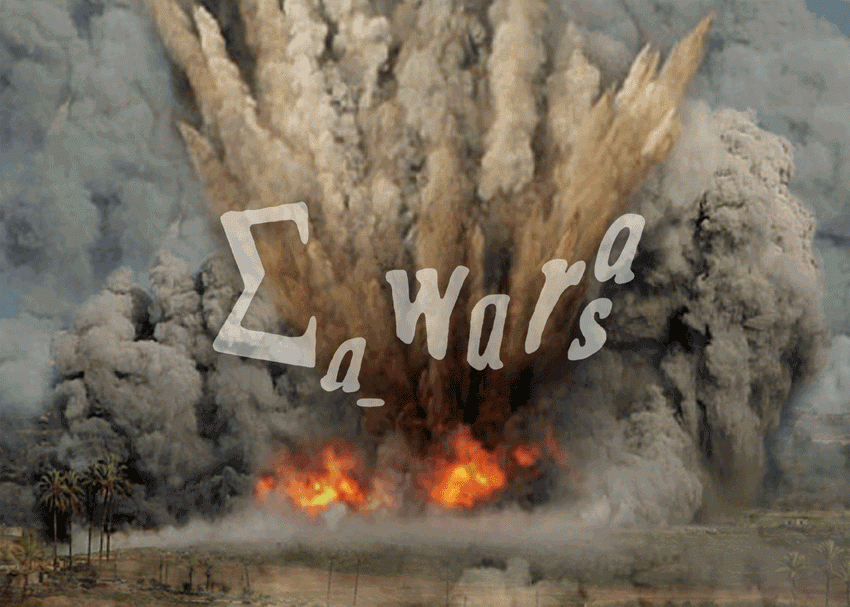ArtReview sent a questionnaire to artists and curators exhibiting in and curating the various national pavilions of the 2017 Venice Biennale, the responses to which will be published daily in the lead-up to the Venice Biennale opening (13 May – 26 November).
Gyula Várnai is representing Hungary. The pavilion is in the Giardini.
What can you tell us about your exhibition plans for Venice?
My younger self always wondered about the future. Now I’m more interested in ‘whys‘.
My Venice presentation aims to gives us a way to rethink the utopias of the recent past, like the concept of ‘world peace’ with its contradictory context. Through the show I also try to reanimate formerly positive visions about the future.
How is making a show for the Venice Biennale different to preparing a ‘normal’ exhibition? Or another biennial?
The Venice Biennale is one of the most prestigious art exhibitions in the world which allows us to be observed on a global stage. Along with the popularity of the Biennale, there is a sense of responsibility. The diversity of the audiences who attend allow me to explore general messages and globally understood references.
There are a huge number of biennial exhibitions across the world nowadays. Do you think the Venice Biennale still has a special status, and why?
The enduring appeal of Venice lies in the fact that this biennial continues the tradition of national representation, a historic approach, which still holds unique possibilities in the present. The number of visitors shows that this concept still merits special attention.
What does it mean to ‘represent’ your country? Do you find it an honour or is it problematic?
Fortunately in our country there is a democratic process of choosing the project for Venice. By being selected by a highly respected jury, I feel a special responsibility to present my best work. In the context of the Biennale, fortunately the idea of ‘nationalism’ is not in focus, so the question is, what can all the artists from around the globe add to the current issues of contemporary art? I believe that our project, with its topic – Peace on Earth! – will be a relevant contribution.
The Venice audience is a diverse group. Who is most important to you? The artist peers, the gallerists, curators and critics concentrated around the opening, or the general public which visits in the months that follow?
It is difficult to define the audiences. The opening days brings the professional attention, meanwhile the opening period gives me the possibility to create my own global audience. My presentation, and the way the works communicate our messages should work for both groups.
Did you visit the last Venice Biennale? What’s your earliest or best memory from Venice?
The first time I visited Venice was in 1989 during my honeymoon. It was a pretty adventurous trip, and as an unexpected gift we had the opportunity to go to a Pink Floyd concert.
How does a having a pavilion in Venice make a difference to the art scene in your home country?
It definitely does make a difference. The Hungarian Pavilion is one of the oldest pavilions and has an interesting history. Thanks to past political and diplomatic relationships, the pavilion is centrally located, in the Giardini, and the projects presented in it benefit a lot from this position.
You’ll no doubt be very busy, but what else are you looking forward to seeing?
As I have a deep musical interest, I am curious to see the French pavilion with Xavier Veilhan, the Austrian pavilion with Erwin Wurm, and Tracey Moffatt at the Australian pavilion. Out in the city, I hope I will have some time to see the show in the Palazzo Fortuny, where the unique environment always brings surprises.
29 March 2017
